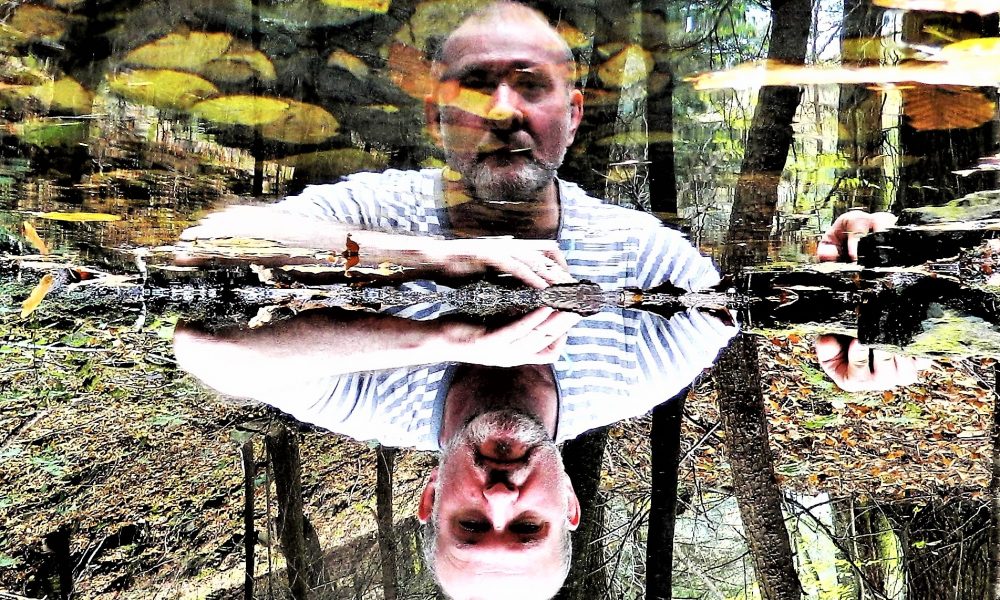

Today we’d like to introduce you to Keith Bringe.
Keith, can you briefly walk us through your story – how you started and how you got to where you are today.
My studies included art history and museum administration with some studio courses. In school I worked for a museum and cataloged the work of the early computer artist Herbert Brun. In my 20’s and 30’s I focused on development for non-profits mainly in domestic violence, historic preservation and HIV-AIDS. In stolen moments, I did my own work – images and installations – and produced art shows with and for others. These pop-ups took place in historic buildings and modern masterpieces.
In the early millennium, I served as Executive Director for a Frank Lloyd Wright site in Oak Park managing a preservation, tourism and cultural organization. We hosted globally recognized musicians and heads of state, writers, etc. I enjoyed integrating the work of international contemporary artists into the life of the landmark.
From 2008 to 2015,
In conjunction with Chicago Art Deco Society I served as Director of a regional Art Deco Survey Project. The Project cataloged and researched over 900 buildings and their architects, 150 manufacturers and 200 artists from the modern period 1915 – 1945. The archive comprising over 15,000 contemporary and period images and has assisted in the preservation of important landmarks like the Chicago Motor Club (1928, Holabird and Roche) among others. The related book, “Art Deco Chicago” will be published in October. I presented on the history of the period and the project at Havana, Cuba and throughout the region.
Has it been a smooth road?
It has been a gloriously bumpy road – often sketchily mapped. I am proud we’ve jumped some monumental (lit.) potholes. Example: This spring, a 6-month sewer and water infrastructure project commenced along both avenues intersecting Rare Nest’s location. Sidewalks were removed for more than a month. Picture the streets of a 15th century village in the rain.
The space was decrepit, vandalized and lacked some basic amenities. I economically redesigned the floorplan and spent 6 weeks perched on a rickety ladder restoring the Gallery’s century-old plaster moldings and tin ceiling. I am forever grateful to dear friends of infinite generosity – who also schlepped, or were engaged in drywalling or who provided widow treatments, adult beverages, encouragement, et al. This mostly unsolicited kindness was the foundation of everything.
Most galleries start with substantial financing and staff. I don’t like debt and I know most galleries flop because of overhead – especially rent. Inexpensive, central locations are growing extinct in Chicago. I researched for three months and looked at every available storefront in a few neighborhoods underserved by arts and cultural programming. We cruised the streets and curated thousands of property listings online.
Finally, I found a dilapidated storefront in the Avondale section which is an unlikely location with no galleries, but it has a few great contingencies: it’s 20 minutes from downtown, Lakeview and Evanston and there is ample parking. It is wedged between three vital neighborhoods with plenty of smart, working creatives. The restaurant scene has some stellar variety and quality with engaging hospitality. Public transportation gets a 4 out of 5.
So, as you know, we’re impressed with Rare Nest Gallery – tell our readers more, for example what you’re most proud of as a company and what sets you apart from others.
Rare Nest represents two important artist estates and a group of contemporary artists, photographers and sculptors. Most of the living artists are over 50 (up to 92) but they are underrepresented in the canon and the market. All Rare Nest artists exhibit strong conceptual thinking that is uniquely rendered. I really strive to be accessible in pricing – hoping to develop and educated, passionate clientele.
Artist’s lives and their histories are at the center of Rare Nest’s inquiry and we value all critical context. Rare Nest artists have some commonalities. They are trained in their disciplines and were diligent in playing the art game when they were young, exhibiting and obtaining grants and honors. In some cases, the arts-industrial complex wore them down so they might have ceased engagement with public systems. The impulse to create continued. They worked, at night or on weekends in attics, basements, garages and sheds. As a result, the Gallery accesses and archives great reservoirs of early and mid-career work to draw on. Both estates are prolific collections of international importance: Expressionist and master graphic artist Otto Neumann (1895 – 1972) suffered through the Third Reich and was labelled a “degenerate” by the Nazis. He worked every day throughout a long life – but rarely exhibited. Composer, artist and Herbert Brun (1918 – 2000) was a refugee whose parents were both murdered in the concentration camps. He is acknowledged among those pioneering creatives who first applied the computer to electronic music and visual art. Their lives and work exemplify Rare Nest’s values.
Rare Nest’s model is event driven. In our first year the Gallery hosted over 30 events, from openings to lecture/discussions and film premiers. Vital partnerships with non-profit and community-based organizations are fundamental and valued assets. In the last 10 months we’ve enthusiastically worked with Intuit Museum, Electronic Sound Studio, Elastic Arts, our Neighborhood Associations and two colleges. Gratefully, audience development hasn’t been a problem. We had over 5,000 visitors in our first 10 months.
More than half of our exhibitions have received serious consideration by intelligent and attractive members of the press representing diverse cultures like the Chicago Reader and Crain’s Chicago Business.
Let’s touch on your thoughts about our city – what do you like the most and least?
I am a native Chicagoan (Jackson Park Hospital, 1963) which makes me permissive in my criticism and hyperbolic in praise. I am constantly inspired by our supreme architectural legacy – from William LeBaron Jenney to Wright and Sullivan, Mies and the Bauhaus – all the way to Jeannie Gang and SOM. The 1909 Plan of Chicago that preserves the lakefront as parks was visionary. We are a city that literally rose from ashes to become a major cultural powerhouse.
Public collections in Chicago are fantastic encyclopedic and specialized troves, but they historically struggled with wildly varying engagement with the local community of artists. It’s exciting that the Big Windy verges on a new era of appreciation for home-grown masters and their work. The latest tilt is led by private funds like the Terra, Driehaus and Alphawood Foundations and others.
Our city’s dual-reputations seems diametrically opposed. While lovely Chicago is undoubtedly a major destination for cultural tourism, we also strive to find solutions to senseless violence and institutionalized racism. Chicago can incubate extraordinary leadership like President Obama but our streets still seem paved with illegal guns. Is it possible that injustices tolerated for a century will take similar time to undo?
Pricing:
- Otto Neumann paintings & prints: $1,200 – $12,000
- Herbert Brun early computer compositions: $900 – $2,400
- Nancy Abrams Photographs of Preston County, West Virginia (1974 – 2018): $240
- Leopold Segedin paintings & prints: $400 – $15,000
- Megan Williamson paintings & drawings: $300 – $6,000
Contact Info:
- Address: 3433 North Kedvale Avenue
Chicago, IL 60641 - Website: https://www.rarenestgallery.com/
- Phone: 708-616-8671
- Email: keith@rarenestgallery.com
- Instagram: rarenestgallery
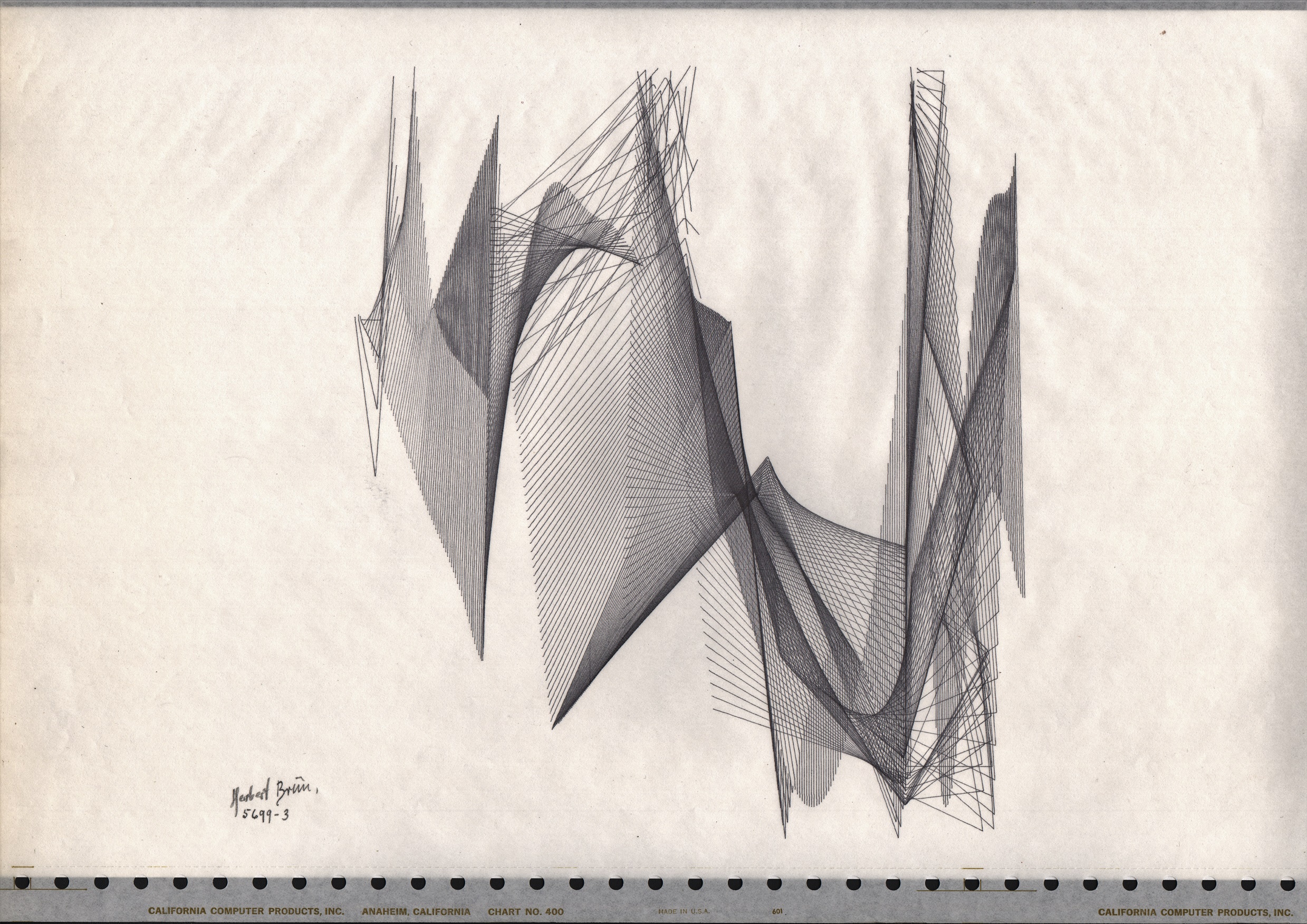
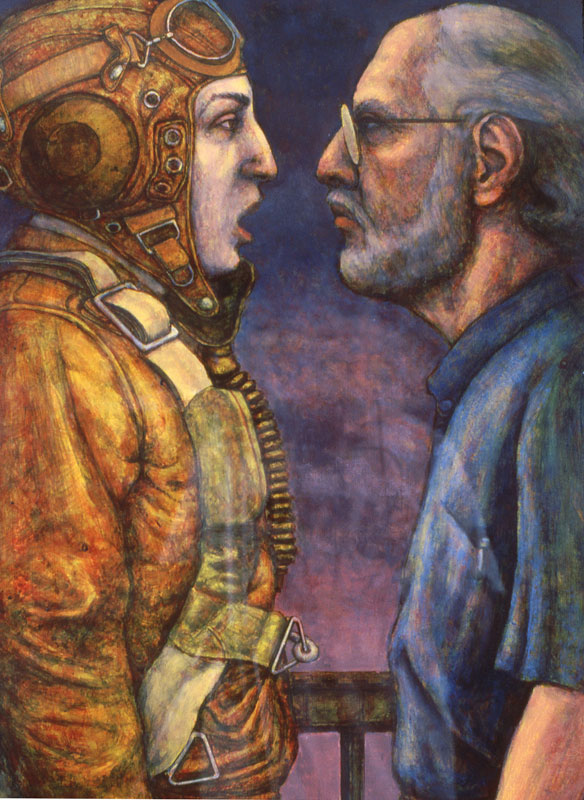
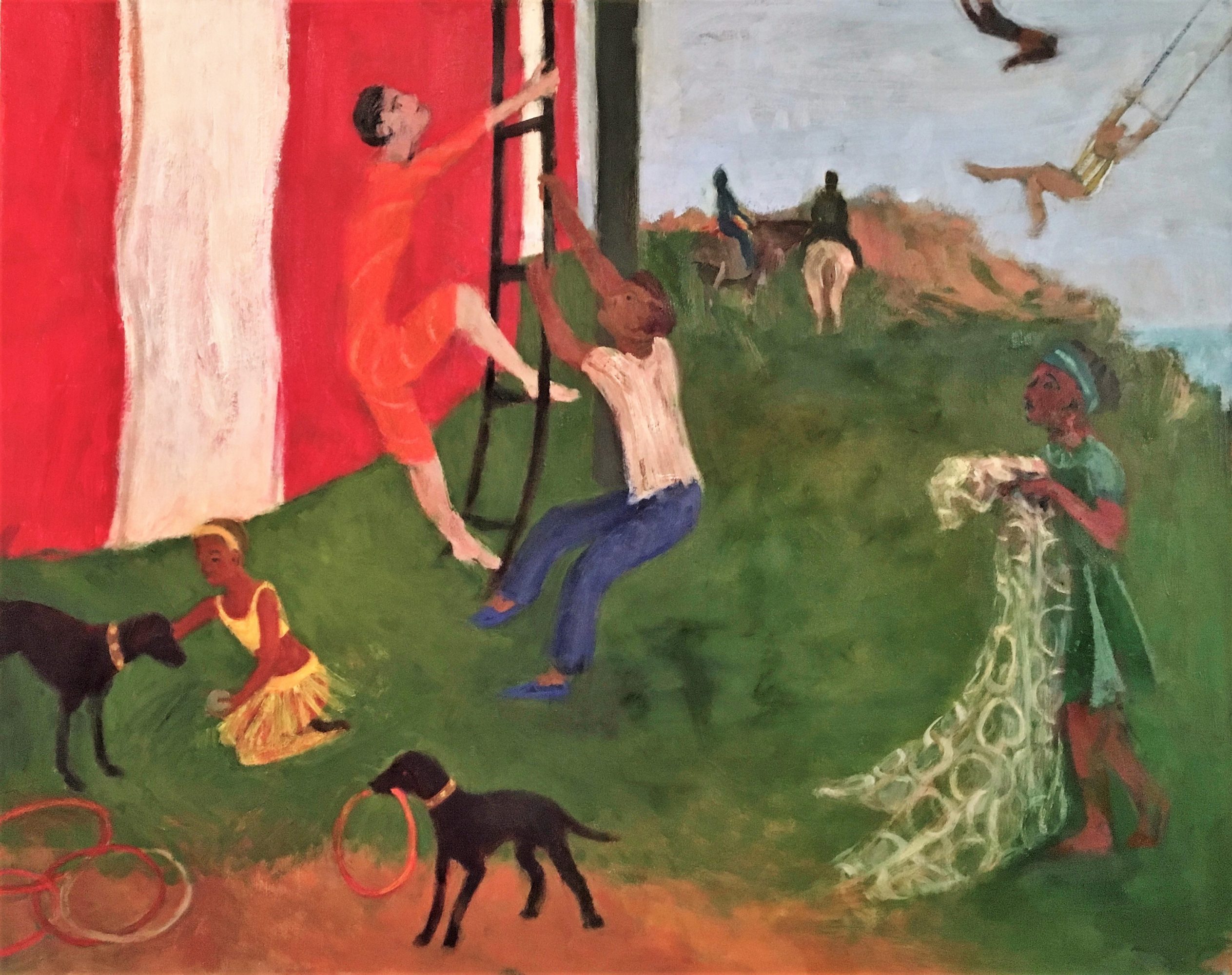
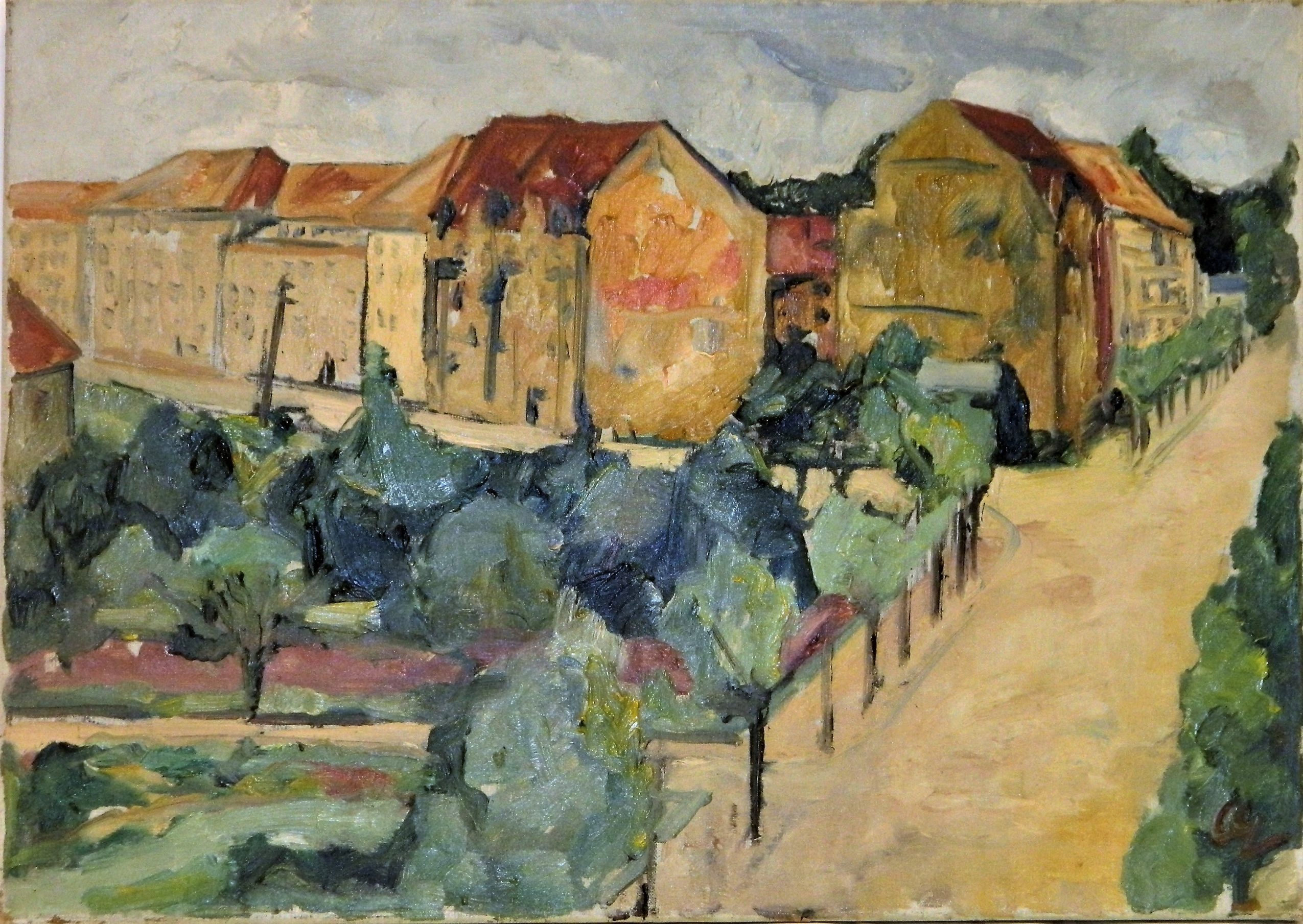
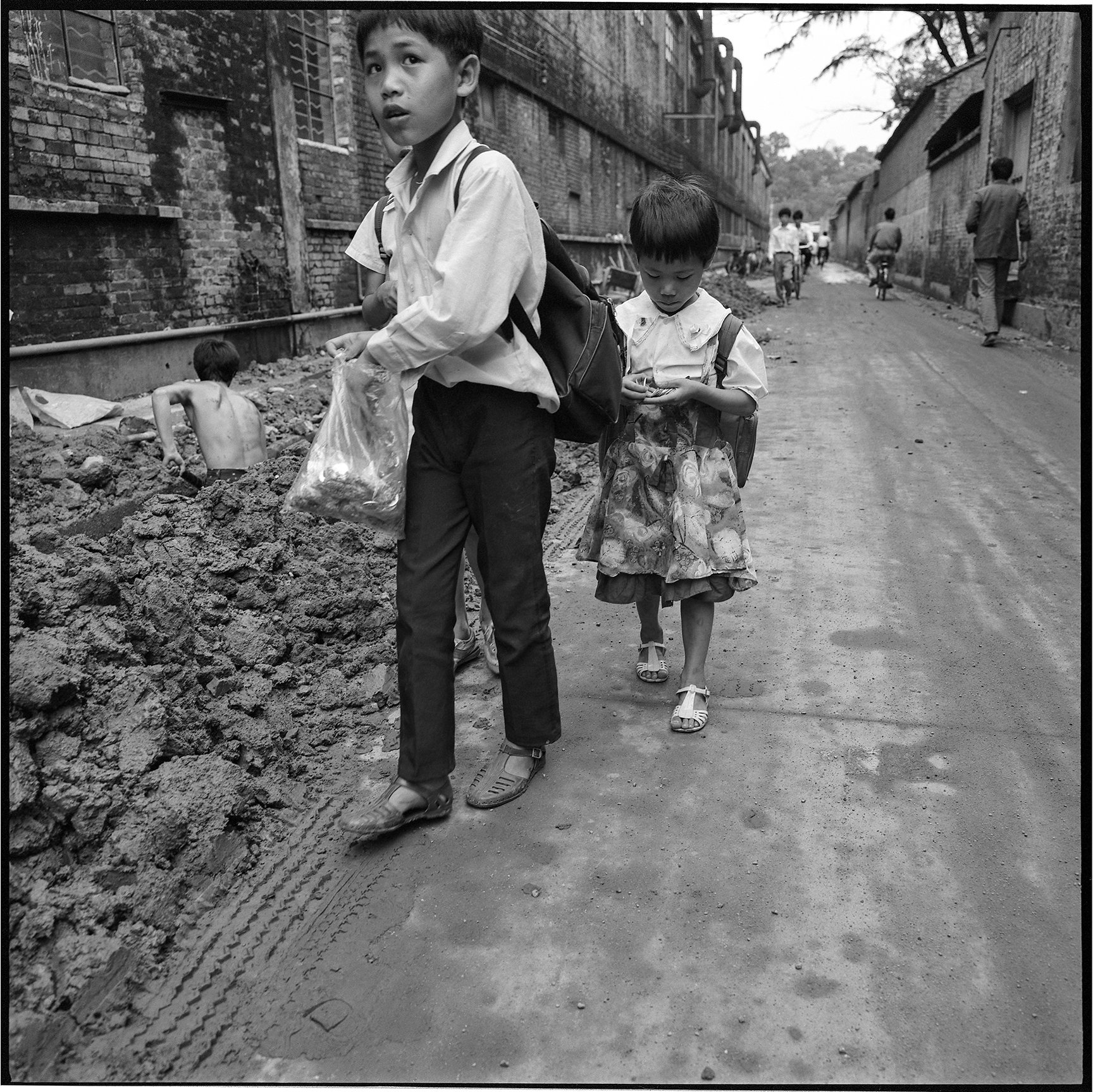
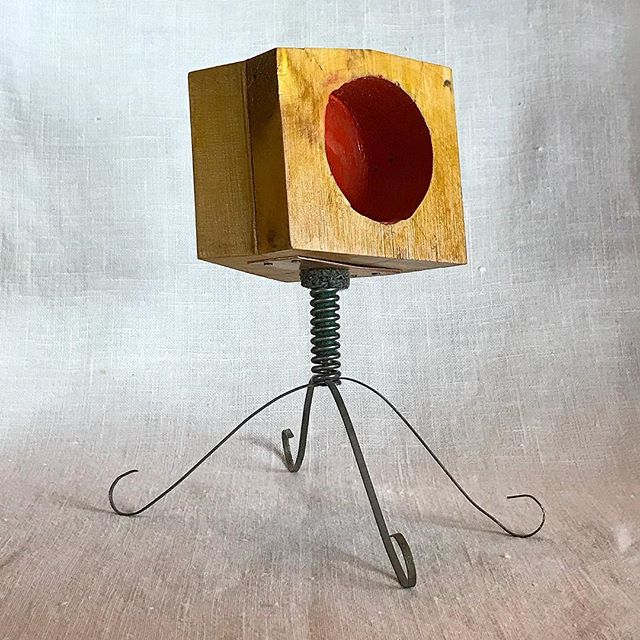
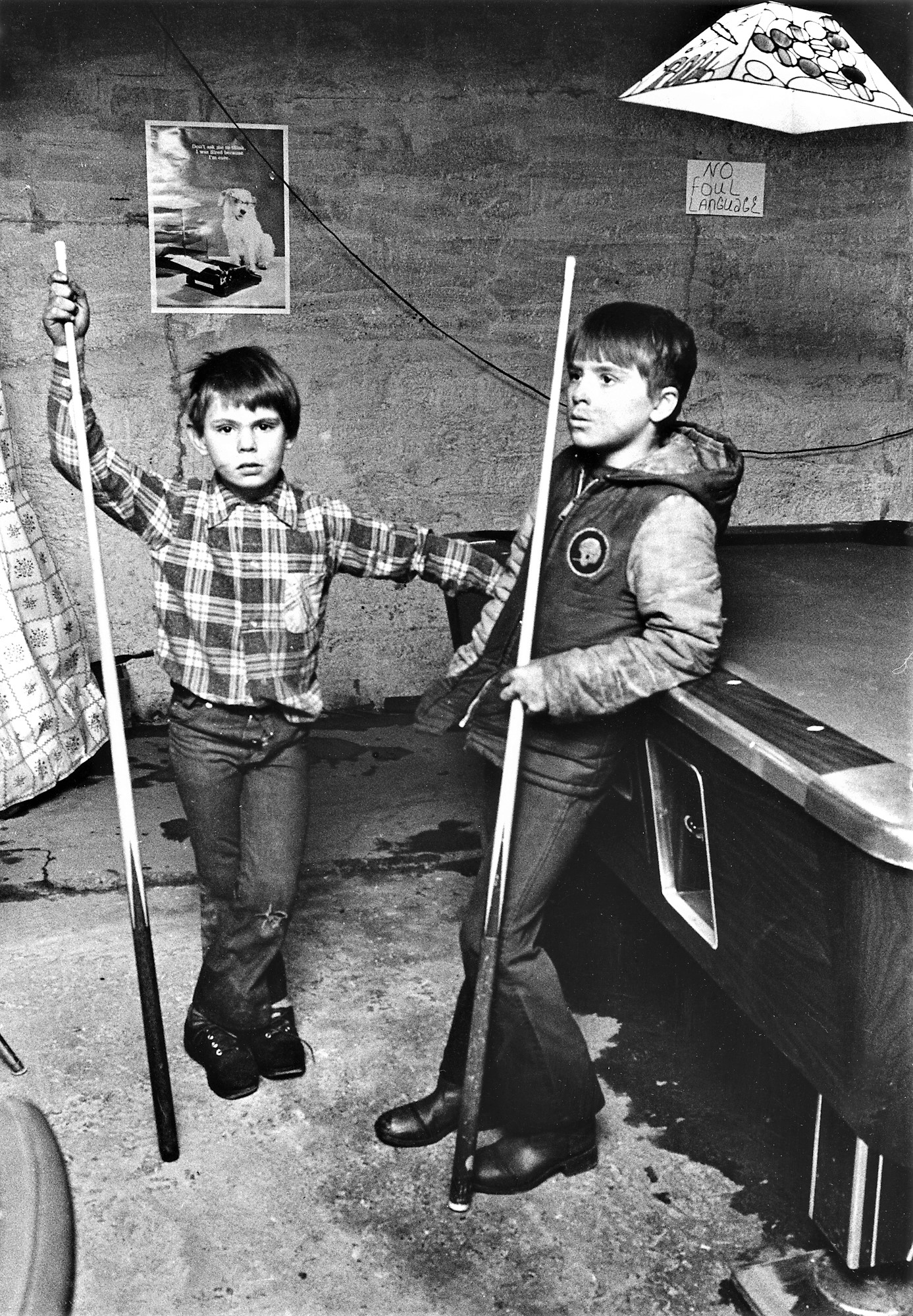
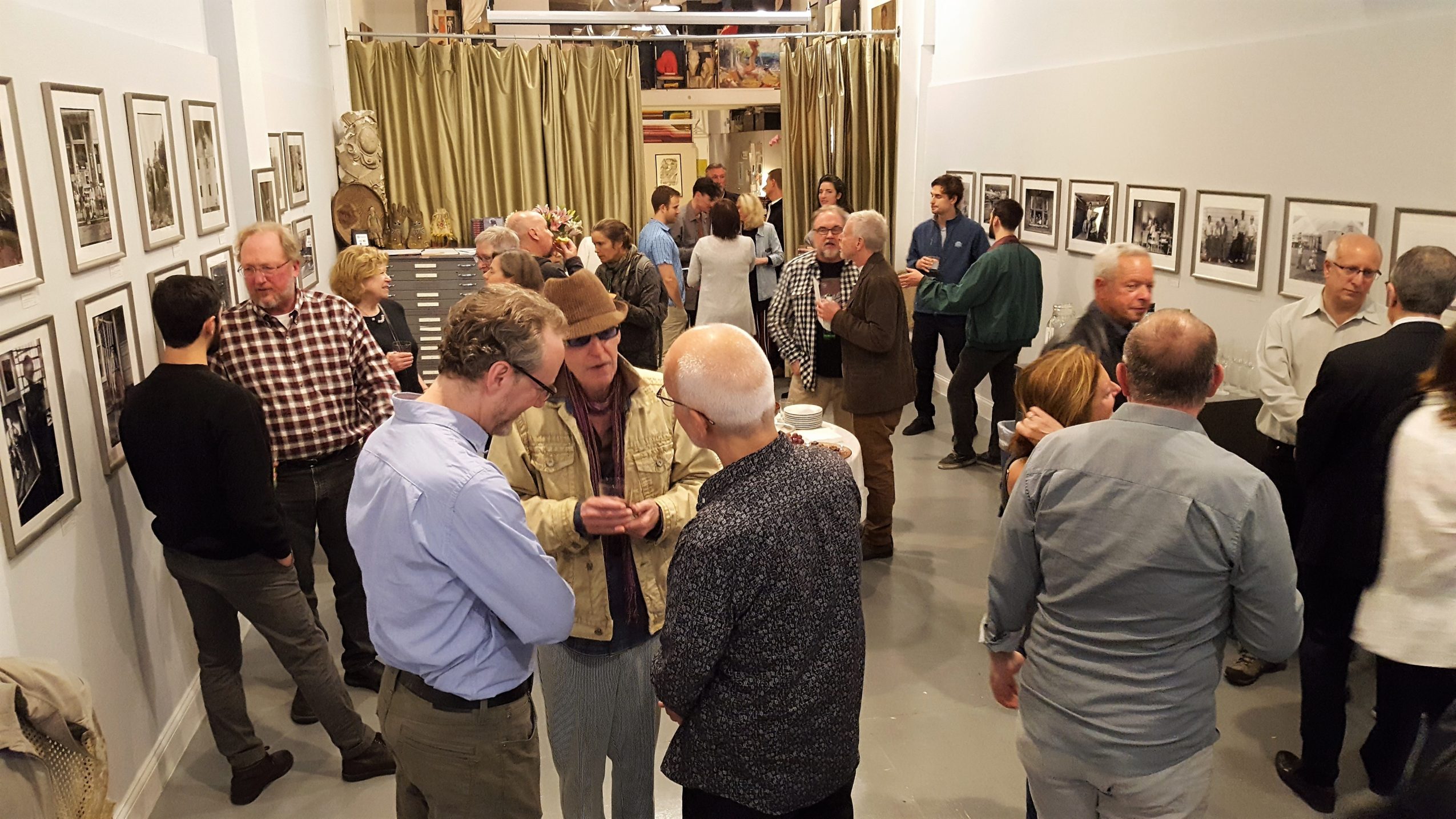 Image Credit:
Image Credit:
All images courtesy Rare Nest Gallery
Getting in touch: VoyageChicago is built on recommendations from the community; it’s how we uncover hidden gems, so if you know someone who deserves recognition please let us know here.

















